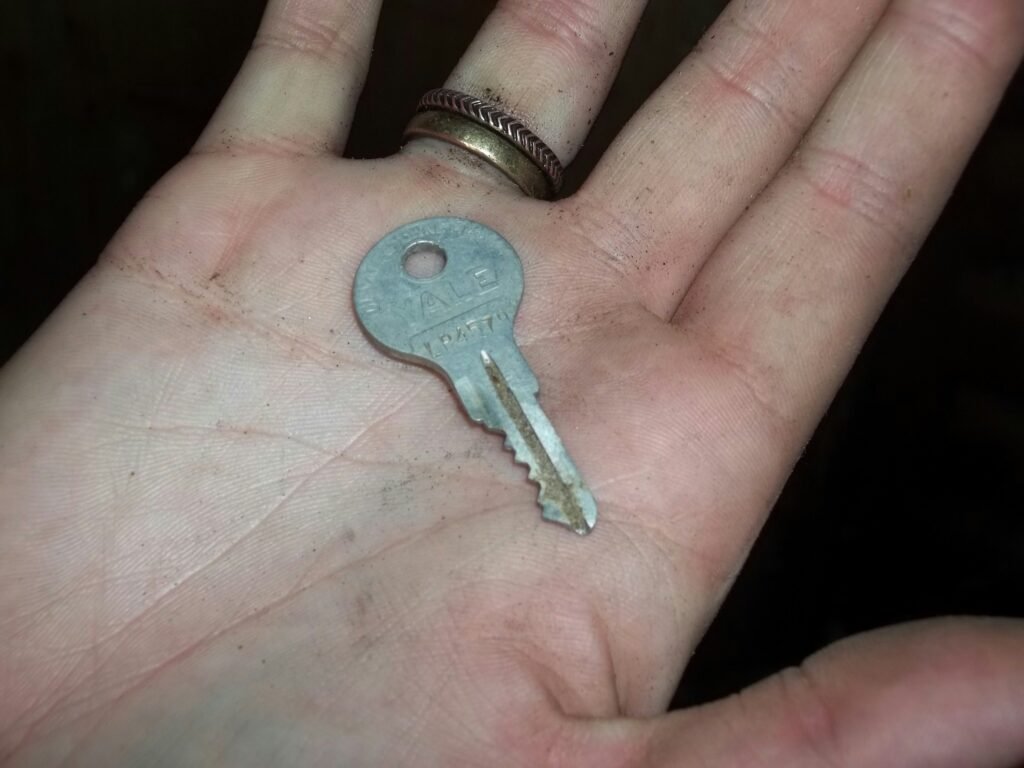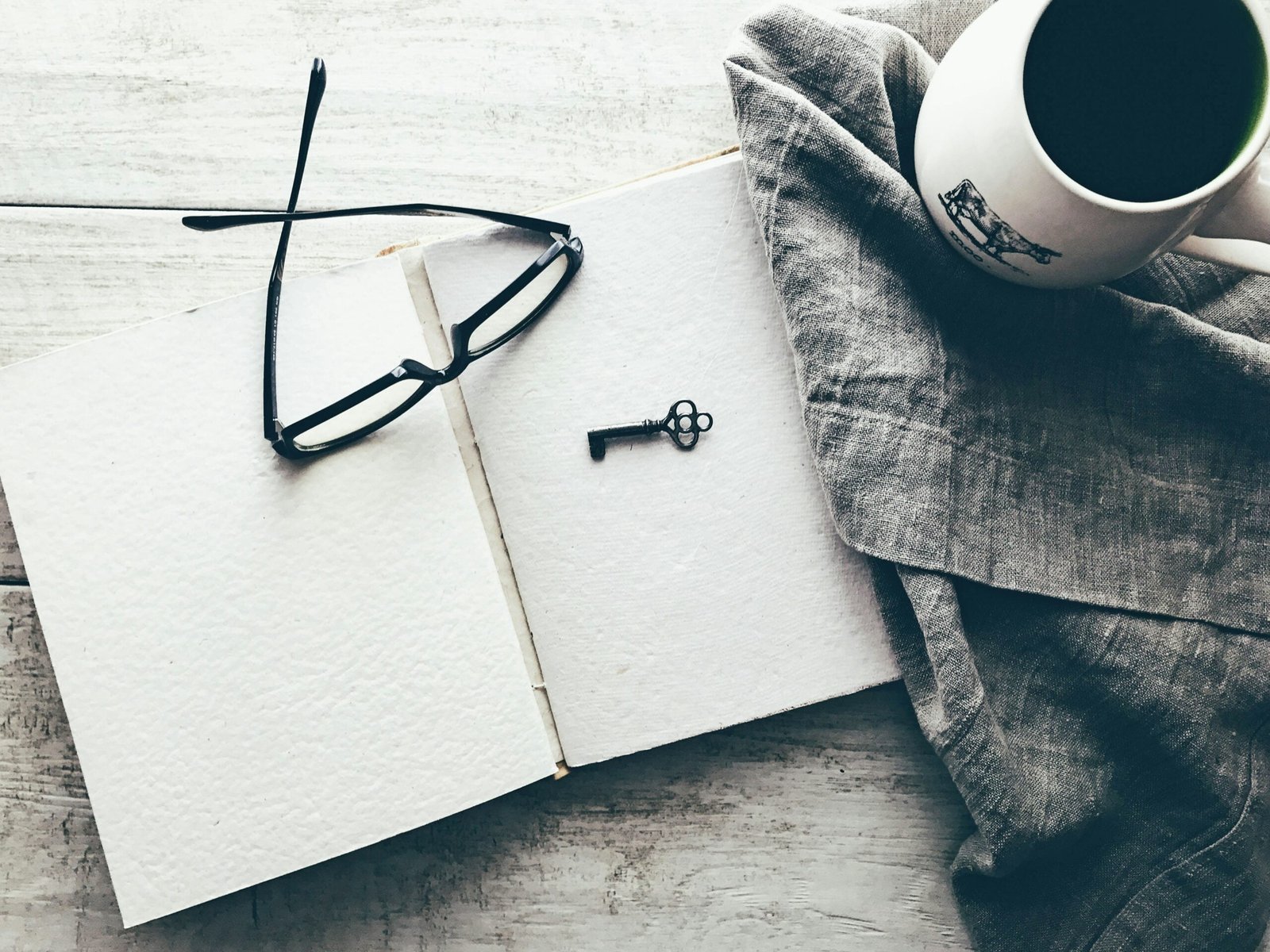When it comes to grilling, one of the common debates that arise is whether you should keep the lid open or closed. It’s a question that has sparked countless discussions among grill enthusiasts, and the answer may surprise you. While some argue that an open lid allows for better control of grilling temperatures, others swear by the benefits of cooking with the lid closed. In this article, we’ll explore both sides of the argument and provide you with some tips to help you decide the best approach for your grilling endeavors. So, let’s put on our aprons and get ready to settle this lid debate once and for all!

The Science of Grilling
Grilling is a beloved cooking method that has been around for centuries. It involves cooking food directly over an open flame or hot coals, creating a distinct smoky flavor and charred exterior. But have you ever wondered how grilling actually works?
How grilling works
Grilling works by utilizing the intense heat from the flames or coals to cook food quickly and evenly. When the food is placed on the grill grates, it absorbs the heat, which then cooks it from the bottom up. The high temperatures of grilling help to sear the outside of the food, creating that delectable crust we all crave.
Understanding heat in grilling
Heat is the fundamental element in grilling. It is essential to understand the different heat zones when grilling. The two primary heat zones are direct heat and indirect heat.
- Direct heat: Direct heat refers to cooking food directly over the flame or hot coals. This method is perfect for foods that cook quickly, such as burgers, steaks, and sausages. The food is placed directly over the flames, allowing for direct contact and intense heat transfer.
- Indirect heat: Indirect heat involves creating a heat source to the side or opposite side of the food. This method is ideal for larger cuts of meat or delicate items that require slower and more gentle cooking. By positioning the food away from the direct flames, it cooks more slowly and evenly.
Difference between direct and indirect heat
The difference between direct and indirect heat lies in the way the food is cooked. With direct heat, the food receives intense heat from the flames or coals, resulting in quicker cooking times and a charred exterior. On the other hand, indirect heat allows for a more gentle and even cooking process, perfect for achieving succulent roasts or perfectly cooked vegetables.
Using the Grill Lid
The grill lid is an essential component of the grilling process. Its primary purpose is to trap heat and smoke, creating a controlled cooking environment. But what exactly does using a grill lid do for your cooking?
Purpose of the grill lid
The main purpose of the grill lid is to create an oven-like environment. By enclosing the grill with the lid, you are trapping the heat and ensuring that it circulates around the food, promoting even cooking. Additionally, the lid helps to retain moisture and capture the smoky flavors generated by the grill.
Effects of using a grill lid on cooking
Using a grill lid can have significant effects on your cooking. Firstly, it helps to maintain a consistent temperature inside the grill, ensuring that your food cooks evenly from all sides. The lid also creates an environment of convection, where the hot air circulates around the food. This convection cooking method helps to cook the food more efficiently and thoroughly.
Maintaining the temperature with the grill lid
One of the key advantages of using a grill lid is the ability to maintain the desired temperature. The lid acts as a barrier, preventing heat from escaping too quickly. This means that even if you are grilling over direct heat, the lid helps to regulate the temperature and prevent excessive heat loss. By controlling the airflow through the vents or adjusting the burner knobs, you can easily maintain the heat inside the grill.
Grilling with the Lid Open
While using the grill lid has its benefits, there may be situations where grilling with the lid open is preferred. Let’s explore why you might consider cooking with the lid open.
Situations where grilling with the lid open is preferred
Grilling with the lid open is often preferred when you want to achieve a quick sear or char on the food. This is especially true for thinner cuts of meat that cook rapidly. By leaving the lid open, you allow for more direct heat to reach the food, resulting in that desired caramelized crust.
Advantages of grilling with the lid open
Grilling with the lid open can offer several advantages. Firstly, it allows for faster cooking times, perfect for those busy weeknight meals. Additionally, leaving the lid open reduces the risk of flare-ups and excessive smoke, as the open grill allows better ventilation. Lastly, cooking with the lid open provides a visual advantage, as you can easily monitor the food and adjust the cooking process accordingly.
Disadvantages of grilling with the lid open
While there are benefits to grilling with the lid open, there are also some drawbacks to consider. One significant disadvantage is the potential for uneven cooking. Without the lid, the heat is not trapped, and the surrounding air may not reach optimal temperatures, resulting in inconsistent cooking. Furthermore, grilling with the lid open may cause the food to dry out more quickly, as the moisture is not retained as effectively without the enclosed environment.
Grilling with the Lid Closed
Grilling with the lid closed is the traditional method that many grill enthusiasts swear by. Discover when and why you should opt for grilling with the lid closed.
When to grill with the lid closed
Grilling with the lid closed is ideal for long, slow cooking processes, such as smoking or roasting large cuts of meat. This method allows for the heat to circulate evenly and slowly cook the food to perfection. It is also recommended when you want to infuse your food with intense smoky flavors or when grilling during colder weather conditions, as the lid helps retain heat.
Benefits of grilling with the lid closed
Grilling with the lid closed offers numerous benefits. Firstly, it ensures consistent and even cooking throughout the food. The enclosed environment helps to retain moisture, resulting in juicier and more flavorful results. Additionally, grilling with the lid closed allows for more control over the cooking process, as the heat is evenly distributed without the risk of sudden temperature fluctuations caused by open air.
Drawbacks of grilling with the lid closed
One drawback of grilling with the lid closed is the potential for longer cooking times. The trapped heat, while ideal for slow cooking, may require more time than grilling with the lid open. It is crucial to consider this when planning your meals, as it may affect your overall cooking schedule. Additionally, grilling with the lid closed may limit your ability to monitor the food visually, requiring you to rely on other methods to determine doneness.

Effects on Cooking Speed
The position of the grill lid can have a significant impact on the cooking speed of your food. Understanding these effects can help you plan and adjust your cooking times accordingly.
Impact of the grill lid on cooking speed
The grill lid plays a crucial role in regulating the cooking speed. When the lid is closed, the trapped heat creates a convection environment, allowing for faster and more efficient cooking. On the other hand, grilling with the lid open facilitates quicker cooking due to direct heat exposure.
Comparing cooking speed of open and closed lid grilling
In general, grilling with the lid closed tends to result in faster cooking times, as the enclosed environment promotes convection cooking. The lid helps to distribute the heat evenly, ensuring that the food cooks thoroughly from all sides. Grilling with the lid open, on the other hand, may require slightly longer cooking times, as the direct heat has less influence on the food.
How to adjust cooking times based on lid position
To ensure optimal cooking results, it’s essential to adjust your cooking times based on the position of the lid. When grilling with the lid closed, it is recommended to use a slightly lower heat setting or increase the cooking time to prevent overcooking. Conversely, when grilling with the lid open, you may need to increase the heat slightly and monitor the food closely to achieve the desired doneness.
Impact on Food Flavor and Texture
The position of the grill lid can also significantly impact the flavor and texture of your grilled food. Understanding these effects allows you to make informed decisions when choosing between grilling with the lid open or closed.
How lid position influences food flavor
The lid position plays a vital role in determining the level of smoky flavor infused into the food. Grilling with the lid closed enhances the smoky flavor, as the trapped smoke circulates around the food, imparting a rich and robust taste. However, grilling with the lid open may result in a lighter smoky flavor, as the smoke disperses more freely, and may not have as much contact with the food.
Effect of lid position on food texture
The texture of grilled food can also be influenced by the lid position. Grilling with the lid closed tends to result in moister and more tender food, as the enclosed environment helps retain moisture. The lid traps the natural juices within the food, preventing them from evaporating too quickly. On the other hand, grilling with the lid open may lead to slightly drier textures, as the moisture is not as effectively retained.
Choosing lid position based on desired flavor and texture
When choosing the lid position, it is essential to consider the desired flavor and texture of your food. If you aim for a more intense smoky flavor and tender texture, grilling with the lid closed is recommended. However, if you prefer a lighter smoky flavor and a slightly firmer texture, grilling with the lid open may be the better option. Experimentation and personal preference play a significant role in determining the lid position for achieving your desired results.

Safety Considerations
Grilling safety is of utmost importance. Whether you choose to grill with the lid open or closed, there are specific safety considerations to keep in mind.
Potential safety risks of grilling with the lid open
Grilling with the lid open may pose potential safety risks. The open flames or hot coals can increase the risk of flare-ups, as the drippings from the food can come into direct contact with the flames. It is crucial to monitor the grill closely to prevent any flare-ups and always keep a fire extinguisher or water source nearby for emergencies. Additionally, grilling with the lid open may generate more smoke, which can be irritating to the eyes and respiratory system, so it’s important to grill in a well-ventilated area.
Safety precautions when grilling with the lid closed
When grilling with the lid closed, it is essential to take specific safety precautions. Firstly, make sure the grill is positioned away from flammable materials, such as trees or buildings. The enclosed environment created by the lid can increase the risk of carbon monoxide build-up, so ensure that the grill is placed in an adequately ventilated area. Regularly check the grill for any gas leaks and always follow the manufacturer’s instructions for safe usage.
Proper monitoring and handling of the grill for safety
Regardless of whether you choose to grill with the lid open or closed, proper monitoring and handling of the grill are crucial for safety. Always keep a watchful eye on the grill, never leaving it unattended. Ensure that children and pets are kept away from the grill to prevent accidents. When handling the grill, use heat-resistant gloves or tools to prevent burns, and be cautious when adjusting the lid or moving hot grates.
Optimal Lid Position for Different Foods
The lid position can vary depending on the type of food you are grilling. Consider these best grilling practices for achieving optimal results with different types of food.
Best grilling practices for meat using lid
For meat, grilling with the lid closed is generally recommended. This lid position allows for even cooking and helps retain juices, resulting in tender and flavorful meat. However, when grilling thinner cuts of meat that require a quick sear, grilling with the lid open can create that desired caramelized crust.
Ideal lid position for vegetables and seafood
Vegetables and seafood are more delicate and tend to cook faster. Grilling these ingredients with the lid open is often preferred to prevent overcooking. The direct heat exposure allows for quicker cooking while retaining their natural flavors and textures.
Adjustments to lid position for miscellaneous foods
Miscellaneous foods, such as pizzas or bread, may require different lid positions depending on the desired outcome. If you want a more evenly cooked pizza or bread with a crispy crust, grilling with the lid closed is recommended. However, if you prefer a lighter crust or want to melt cheese quickly, grilling with the lid open can achieve those results.
Expert Advice and Tips
To shed further light on the lid debate, let’s turn to expert advice and gain insights into their grilling techniques and tips regarding the lid usage.
Expert opinions on the lid debate
Experts have varying opinions on the lid debate, but many agree that both grilling methods have their place. Some experts argue that grilling with the lid closed provides more control and consistent results for a wide range of foods. Others believe that grilling with the lid open encourages a more interactive and visual cooking experience, ideal for quick-searing or charring specific cuts of meat.
Professional grilling tips related to lid usage
Professional grillers have shared numerous tips related to lid usage. They emphasize the importance of preheating the grill with the lid closed to ensure that the grates are sufficiently hot and to promote an even cooking environment. They also suggest organizing your grill space based on the desired lid position, separating direct heat and indirect heat zones for optimal versatility. Finally, professionals remind grillers to be mindful of the lid’s weight and ensure that it is properly secured to prevent accidents.
Common mistakes in lid usage and how to avoid them
When it comes to lid usage, there are a few common mistakes to watch out for. One mistake is constantly lifting the lid to check on the food, which can cause temperature fluctuations and lengthen cooking times. Instead, use a meat thermometer to monitor the internal temperature without repeatedly opening the lid. Another mistake is forgetting to adjust the cooking times based on the lid position. Always refer to recipes or guidelines and make adjustments accordingly to ensure perfectly cooked food.
Exploring Advanced Grilling Techniques
For those looking to take their grilling skills to the next level, exploring advanced techniques that incorporate the lid can yield exciting results.
Learning from the grill masters: lid techniques
The grill masters have developed various lid techniques that showcase the versatility of grilling. One such technique is reverse searing, where the food is first cooked at a low temperature with the lid closed, then finished with a quick sear over direct heat with the lid open. This method allows for precise control over the doneness of the meat while achieving that coveted caramelized crust. Another technique is plank grilling, where the food is placed on a wooden plank and cooked with the lid closed. This method infuses the food with smoky flavors and helps retain moisture.
Experimenting with lid position for unique flavors
Embrace your creativity and experiment with different lid positions to achieve unique flavors. For example, grilling with the lid closed and adding aromatic wood chips can create intense smoky flavors for your food. Alternatively, grilling with the lid open and using a marinade or glaze can result in delicious caramelization and added depth of flavor. The possibilities are endless, so don’t be afraid to try new techniques and see what works best for your taste preferences.
Advanced grilling strategies incorporating the lid
Advanced grilling strategies that incorporate the lid can elevate your grilling game. For example, using a two-zone grilling setup allows for simultaneous direct and indirect cooking, giving you more versatility in preparing different foods. Another advanced technique is using a smoking box or smoker attachment with the lid closed, which allows for longer smoking sessions and intense flavor infusion. By incorporating these strategies into your grilling routine, you can unlock a world of culinary possibilities.
In conclusion, whether you choose to grill with the lid open or closed, understanding the science behind grilling and considering the impact on cooking speed, food flavor, and texture is essential. The lid serves a fundamental purpose in creating a controlled cooking environment, but there are situations where grilling with the lid open or closed may be preferred. By following expert advice, adhering to safety precautions, and exploring advanced grilling techniques, you can become a master of the grill and enhance your outdoor cooking experience. So fire up your grill, adjust your lid position, and let the sizzling and smoky flavors take your culinary creations to new heights. Happy grilling!

